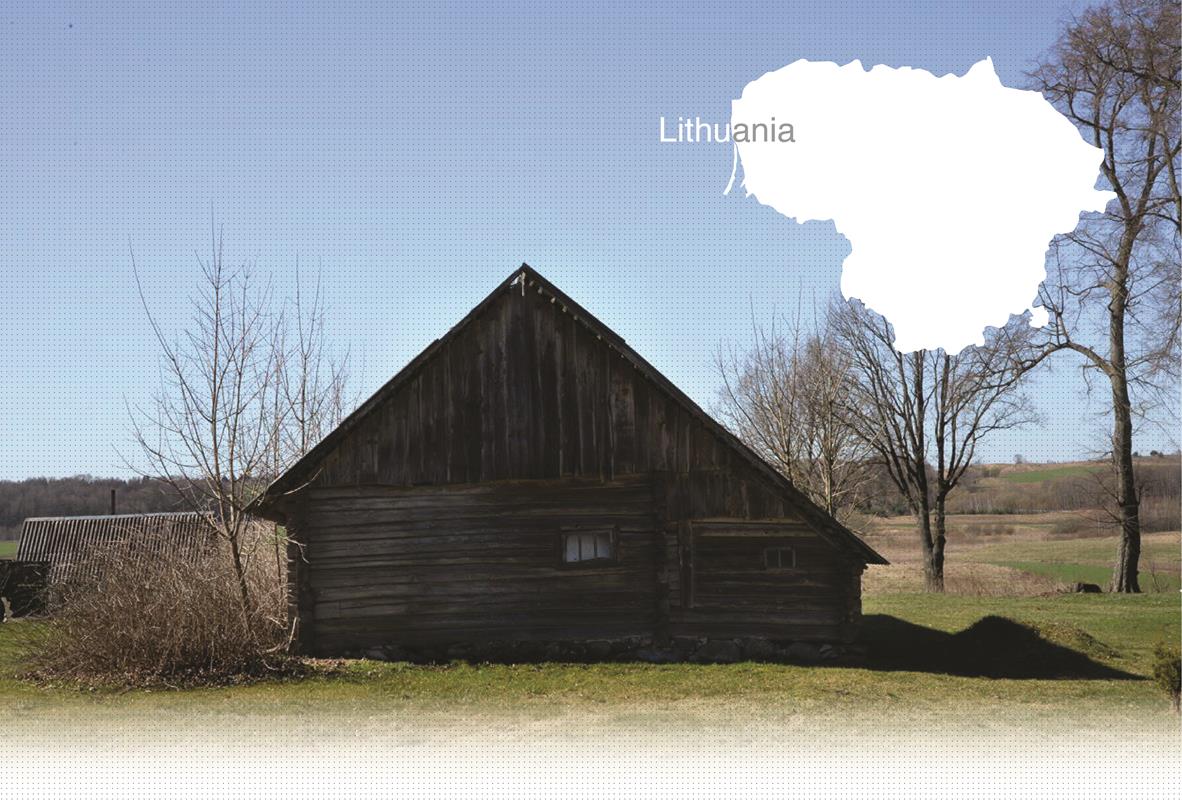

1 Killing site(s)
Elena T., born in 1921: "After liberation, I was requisitioned, along with some friends, by two Lithuanian policemen. They told us to take shovels and go to the shooting site in the Degučiai forest. I was ordered to uncover the pit and exhume the bodies of the victims because a commission was coming to take photographs [State Extraordinary Soviet Commission]. I saw this very long, very wide pit. A terrible smell emanated from the pit, making it difficult to breathe, so I had to cover my mouth and nose with a foulard. The victims’ bodies were buried quite deep. I recognized some of the men’s corpses by their beards. They were all mixed with lime. I told the police I was innocent, as my brothers weren’t involved in the shooting, and they allowed me to leave without exhuming the bodies of the victims." (Testimony N°YIU268LT, interviewed in Eikotiškis, on April 29, 2016)
"From the very first days of the occupation of the Zarasai region, the German fascist invaders began mass arrests and shootings of the civilian population. In addition, the German fascist invaders, through the involvement of gangs and chauvinists, began Jewish pogroms, arrests and mistreatment. Everyone, from children to the elderly, was subjected to all the horrors of abuse.
In August [1941], German supervisors, after choosing a place on the slope of a wooded hill near the Savichynai [Savičiūnų] hamlet, dug a ditch 207 meters long, 5 meters wide and 3 meters deep. In one place a descent into the ditch was made. Once the ditch was ready, within several hours, the victims were herded to the execution site. The elderly and women unable to walk were transported on carts requisitioned from the local population. According to residents of the Degučiai and [...] districts, as the victims were brought to the shooting, heart-wrenching screams and cries for help were heard, many went mad, were paralyzed, and there were also those whose hair turned gray on the way. The defenseless people were led by heavily armed Nazi henchmen.
After being brought to the ditch, all the men were lined up on order and pushed into the ditch by the descent made there. Then, bursts of gunfire were fired at the tightly huddled men. After the men, the women and children were shot in the same way, the elderly being the last to be killed. […] In all, 7,500 people were tortured and shot in the space of a few hours." [Act drawn by State Extraordinary Soviet Commission (ChGK), on October 25, 1944; GARF 7021-94-439/Copy USHMM RG.22-002M]
Degučiai, a small village in the Zarasai district surrounded by woods and lakes, is situated approximately 32 km (20 mi) northeast of Utena. The Krakynė forest is located between the localities of Degučiai and Vencavai. Several thousand Jews lived in the Zarasai district before the Second World War, most of them having settled there in the 18th century.
Degučiai was occupied by German forces at the end of June 1941. On August 26, 1941, the Jews of the Zarasai area, including those from Zarasai, Dusetos, Turmantas, and Antalieptė, were executed in the Krakynė forest, several kilometers northwest of Degučiai, near the village of Vencavai. The Aktion was carried out by Einsatzkommando 3 and Lithuanian policemen, known as the white armbanders.
Some time before the Aktion, Jewish residents were gathered in various places, such as the Uztile ghetto for the Jews of Dusetos, or the Catholic churches of Zarasai and Smalvos for the Jewish residents of Zarasai. From these locations, they were taken to the Krakynė forest to be executed. Those unable to walk, such as children and the elderly, were transported there by carts driven by requisitioned local coachmen, while others were escorted on foot under the supervision of guards, most of whom were the white armbanders. Upon arrival at the execution site, the victims were herded to an area surrounded by a barbed wire fence, from where they were taken in groups of around 50 people and marched to a previously dug trench. After undressing, the victims were forced either to descend into the trench or line up on its edge, where they were shot. Between the execution of the groups, the corpses were sprinkled with lime and slightly covered with earth by other Jews. According to German archives, 2,567 people were killed on that day, including 767 Jewish men, 1,113 Jewish women, 687 Jewish children, one Lithuanian, and one Russian. Other sources, however, indicate the total number of victims was between 5,000 and 8,000.
For more information about the killing of Jews in Dusetos and Zarasai please follow the corresponding profiles.
Do you have additional information regarding a village that you would like to share with Yahad ?
Please contact us at contact@yahadinunum.org
or by calling Yahad – In Unum at +33 (0) 1 53 20 13 17